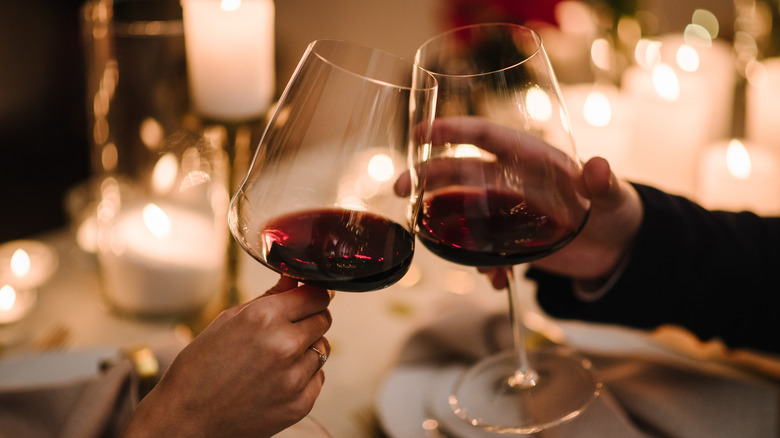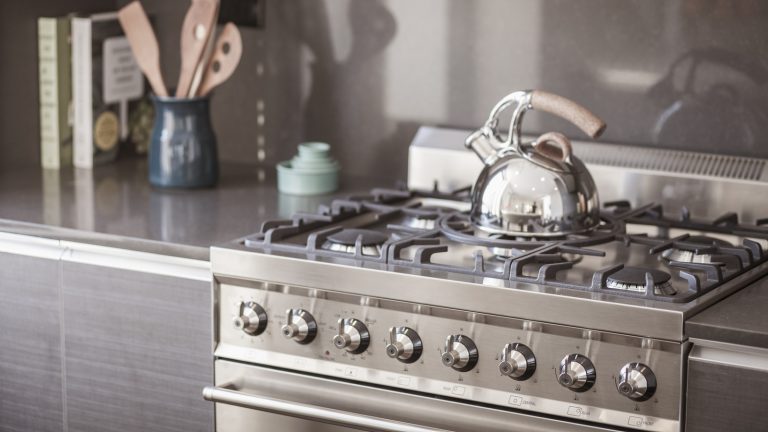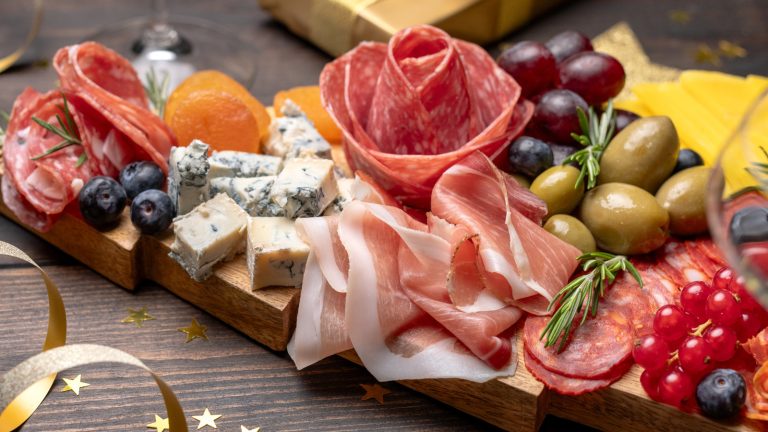Think of your last truly special restaurant experience. The vibe was likely warm, inviting, and a little exciting, your company was probably perfect, and everything almost certainly seemed to glow under a honeyed cast that at least approximated flickering candlesticks, even if it was actually the product of more contemporary wiring. That scene and those feelings were largely due to the restaurant’s lighting, a critical component of successful design that can actually make its food taste better. A dining room that’s too bright or blindingly spotlit in some corners with dark gaps elsewhere often signals an amateur operation. Done right, however, restaurant lighting alone can give guests a more positive impression and trigger some behaviors that may lead them to spend more money.
In addition to top hospitality pros’ dedication to creating beautiful spaces, there are a few more concrete business side reasons that dim lighting just makes sense. Studies have shown that diners linger a little longer in dimmer environs. This could reduce table turnover, sure, or it could drive up check totals as folks order more higher margin items like wine and cocktails to continue enjoying the atmosphere. Some research indicates that lower lighting could increase food consumption, which could cause a guest to add an app or dessert that they might have otherwise skipped. It also creates a coziness factor that relaxes the wallet a bit.
Canonical restaurant lighting in the real world
Outside of industry journals and consultancy studies, the overwhelming majority of people want to look great, and those golden amber hues achieved by the right lighting are universally flattering. That familiar candlelit dinner trope, for example, didn’t become shorthand for romance because of some fire functionality. It just looks pretty. And some restaurateurs, in particular, have mastered the genre.
Keith McNally, for example, who owns New York City staple and Bobby Flay french fry favorite Balthazar, old New York throwback Minetta Tavern, and Pastis outposts in Manhattan and Washington, D.C., has been synonymous with sexy lighting for decades. “There’s no such thing as an ugly person, only bad lighting,” McNally once went so far as to assert in an Instagram post. He has also written about the influence French bistros and brasseries have had on his own spots, so, should you simply keep your reservations around Paris and the East Coast, you’ll always look terrific. More realistically, in other parts of the world, there are a few hardware clues to identify restaurants that will have similarly dim and rich lighting. McNally has spoken frequently about his dislike of overhead lights in lieu of lamps and sconces, so the presence of those fixtures promise a little lighting insurance. And actual candles never hurt, either.






